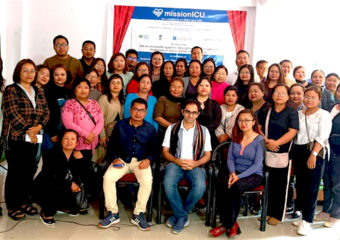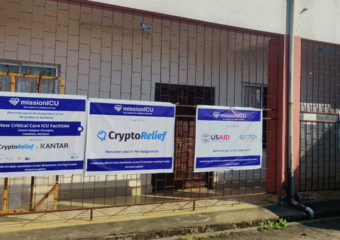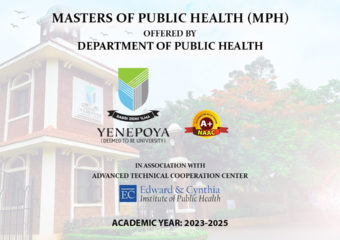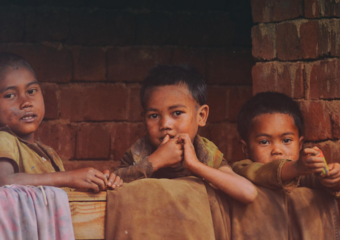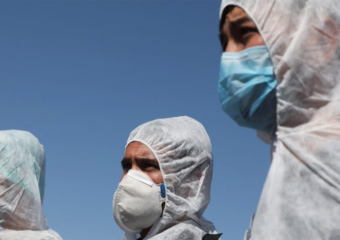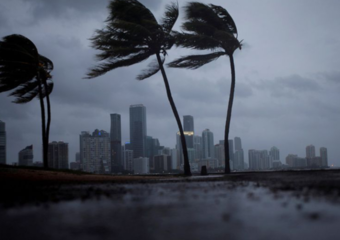Edward & Cynthia Institute of Public Health supports Government of Mizoram
Edward & Cynthia Institute of Public Health – a unit of CHD Group along with the District Administration Champhai conducted
Continue readingEdward & Cynthia Institute of Public Health supports Government of Mizoram

